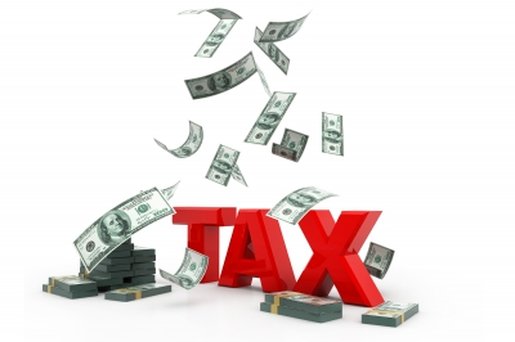Congress's two-year suspension of the medical device tax isn't a solution; it's a cop out.
December 28, 2015

Congress's two-year suspension of the medical device tax isn't a solution; it's a cop out.
Jamie Hartford
Congress gave the medtech industry an early Christmas present when it voted to temporarily suspend the medical device tax. Included in a $1.8 trillion spending bill that also contains tax breaks for other industries, the measure gives companies a two-year respite from the 2.3% tax on medical device sales that was mandated by the Affordable Care Act and has been levied since 2013.
Industry trade groups AdvaMed, the Medical Device Manufacturers Association, and the Medical Imaging & Technology Alliance were quick to praise lawmakers for their “tireless efforts” to bring about this “critical relief.”
But despite that old saying about looking a gift horse in the mouth, I’m withholding my thanks. If you ask me, kicking the can down the road—as Congress so often does—rather than throwing it in the trash was a cop out.
Businesses thrive on certainty, and leaving the ultimate fate of the tax in limbo for another 24 months only creates more ambiguity. At least with the device tax unequivocally on the books, companies knew what they were in for. Now, if the tax is reinstated in 2018, we’re in for a repeat of the weeping and gnashing of teeth seen two years ago when it first went into effect.
Opponents of the device tax have charged all along that it would kill innovation by forcing companies to slash their research and development (R&D) budgets. But there is no concrete evidence that such a reaping of R&D dollars ever happened. R&D spending as a percentage of revenue among large firms has held steady since enactment of the tax, according to market research firm Kalorama Information. And even if companies had cut back on R&D as a result of the tax, freezing it for a paltry two years is unlikely to encourage them to ramp up their investments in this area anyway.
Others have blamed the tax for scaring away venture capitalists (VCs). While funding for device companies declined by 17% during the first year it was levied, VCs seem to have since shed their qualms. Venture funding for medtech increased 27% in 2014, according to PricewaterhouseCoopers and the National Venture Capital Association. Even if VCs are still gun shy as a result of the tax, development timelines for medical devices typically exceed the length of the moratorium, so it is, again, unlikely a two-year holiday will make much of a difference.
I’m not saying a two-year suspension of the device tax doesn’t help. Big companies such as Johnson & Johnson and Medtronic, which each shelled out more than $100 million to pay the tax in 2014, will certainly see savings as a result of the moratorium. And small companies with few employees and only one or two products on the market, which many say were disproportionately burdened by the tax, are no doubt breathing a sigh of relief that they won’t have to worry about it for two more years. The respite also gives industry lobbyists more time to build consensus among lawmakers that the tax should be abolished.
What I don’t want to see is the situation with the device tax turn into what we’ve been through over the past 34 years with the R&D tax credit. Passed back in 1981, this credit provides tax savings for companies that incur R&D costs in the United States. It originally expired at the end of 1985—and then again eight more times. In all, the R&D tax credit has been extended 16 times, sometimes retroactively after Congress allowed it to expire.
The R&D tax credit has resulted in billions of dollars in savings annually for U.S. companies and undoubtedly helps keep our country at the forefront of innovation. But how much more effective would it have been all those years if companies could have counted on it and planned for it?
With the R&D tax credit, Congress finally did get it right. A permanent extension of the tax break was packaged into the same spending and tax law that includes the device tax suspension. Let’s hope lawmakers also come to their senses regarding the device tax—and that this time it doesn't take them more than three decades to do it.
Don't miss the MD&M West conference and expo, February 9-11, 2016, in Anaheim, CA. |
Jamie Hartford is MD+DI's editor-in-chief. Reach her at [email protected] or on Twitter @MedTechJamie.
[image courtesy of DDPAVUMBA/FREEDIGITALPHOTOS.NET]
You May Also Like


